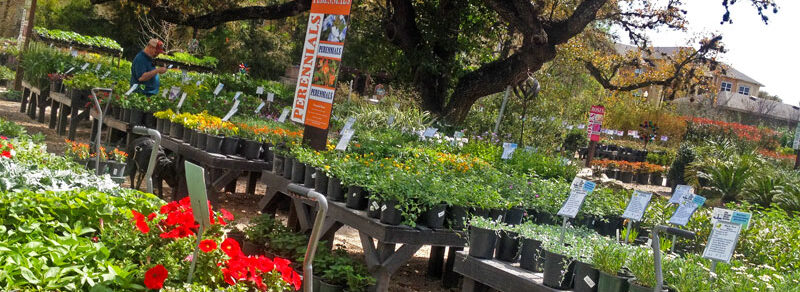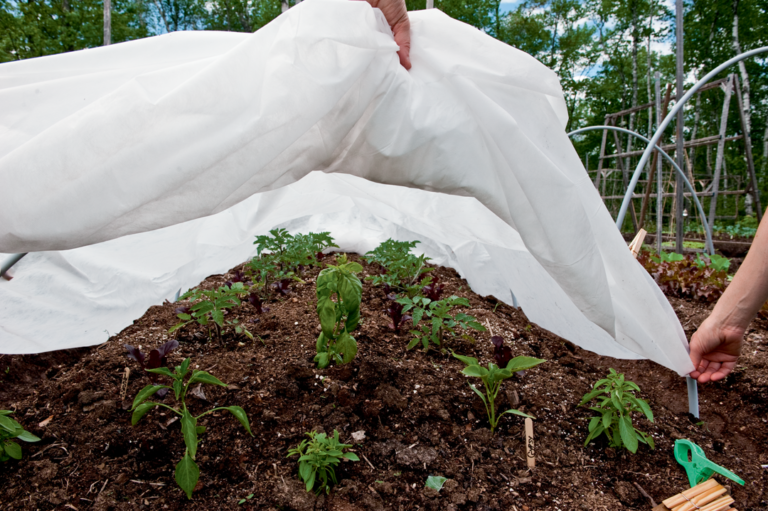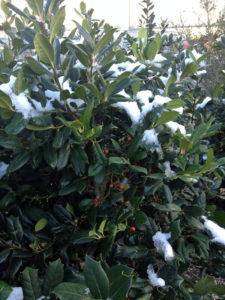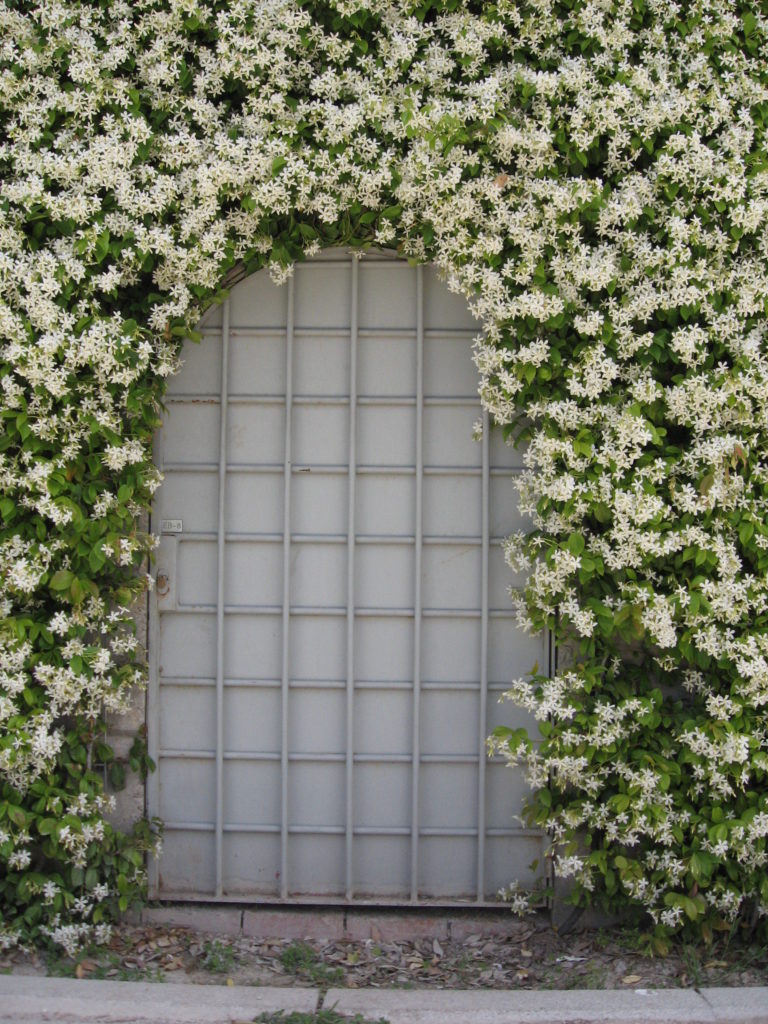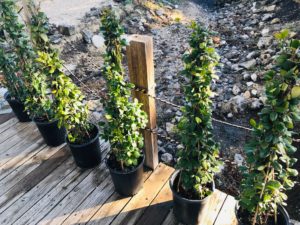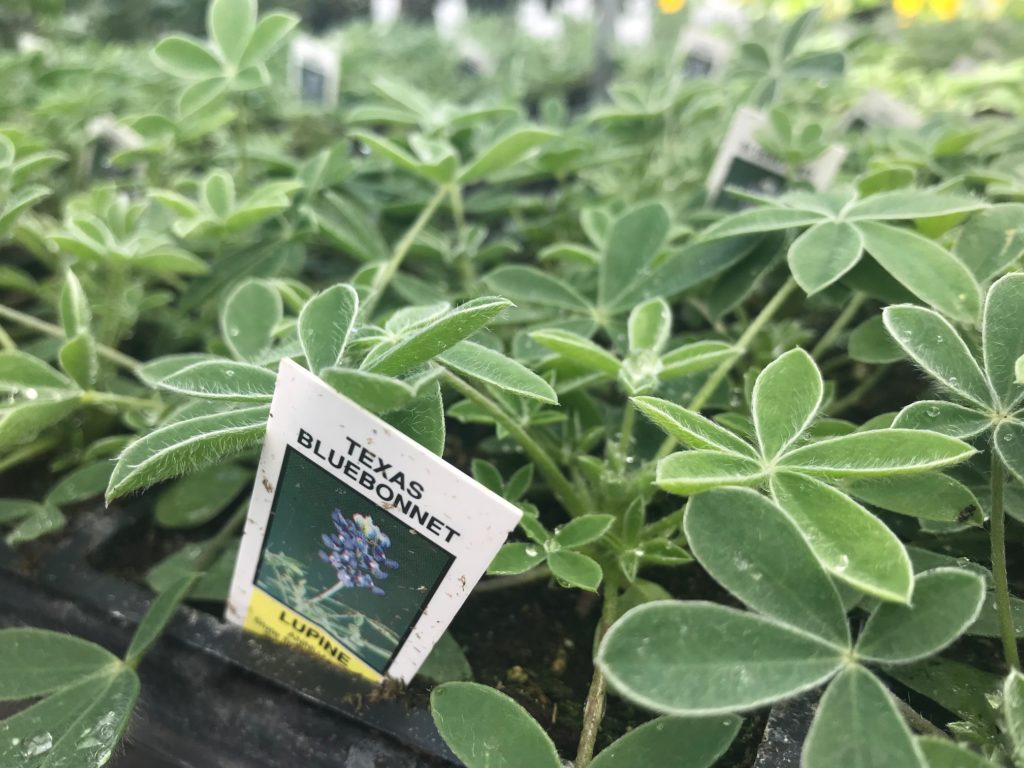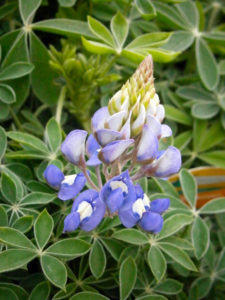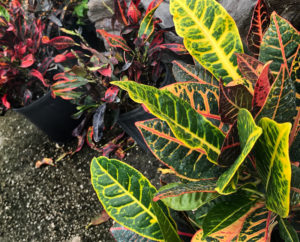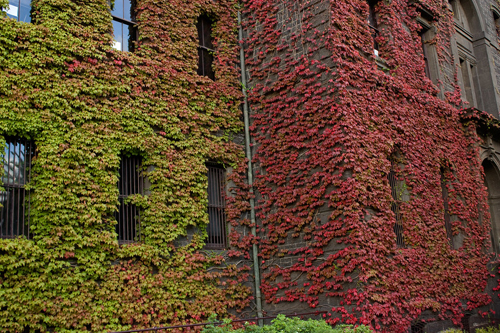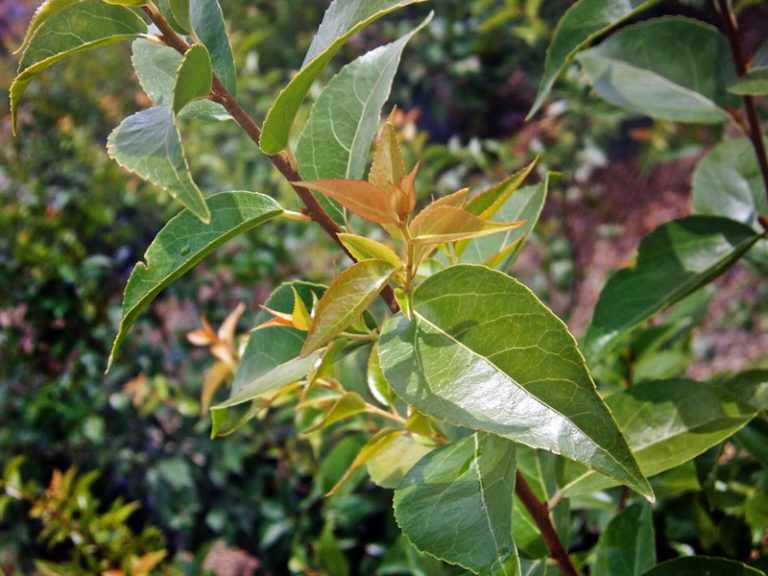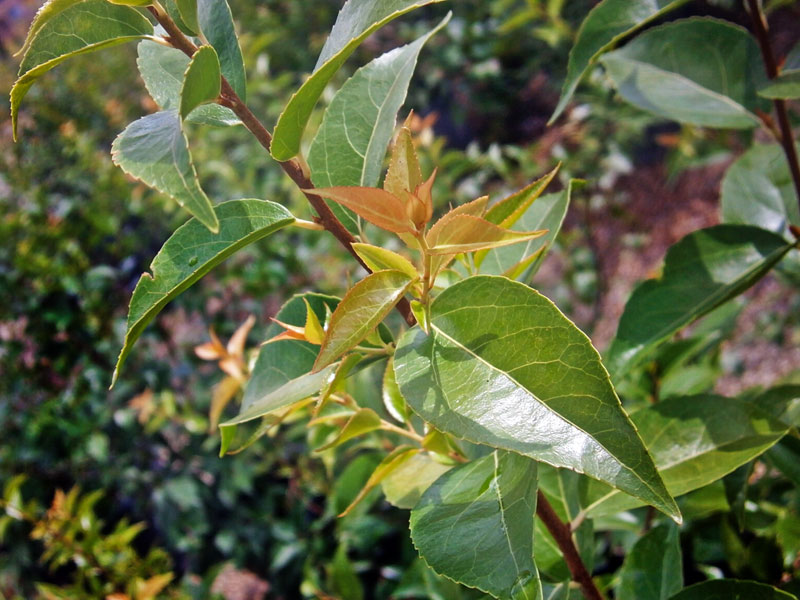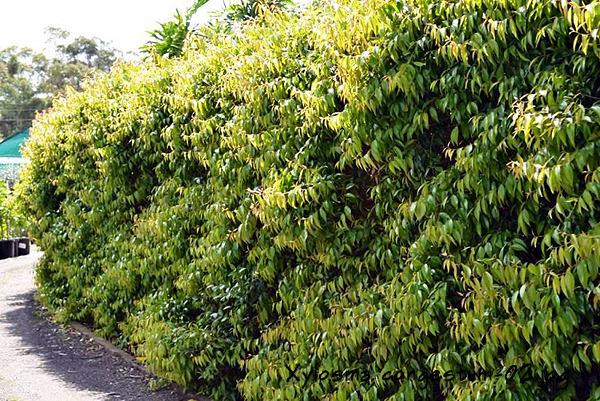
Are you ready to bring the great outdoors inside? Maybe you have an empty corner to decorate. Or maybe you have some tender potted tropicals to bring in for winter. Either way, having indoor plants is rewarding in many ways. They add life and dimension to almost any room with the right care!
While it may seem as simple as finding the perfect pot and pretty plant, there are some key things to know about caring for your indoor friends. Some things to consider are the type of plant, light, water and even air!
Types of Indoor Plants
Let's talk about different types of plants first. Lots of different things can be grown indoors under the right conditions. Most people think of leafy tropicals right away. But did you know that you can also grow succulents, cactus and even some flowering shrubs and fruit trees?
You'll need to know what type of plant you have in order to get some of the other stuff right. Succulents and cactus for instance, have thick fleshy leaves that store water easily. This means they won't need as much water as a something with thinner leaves like Peace Lily or a Gardenia. Keep your plant tags so you can refer back to it later!
Proper Lighting
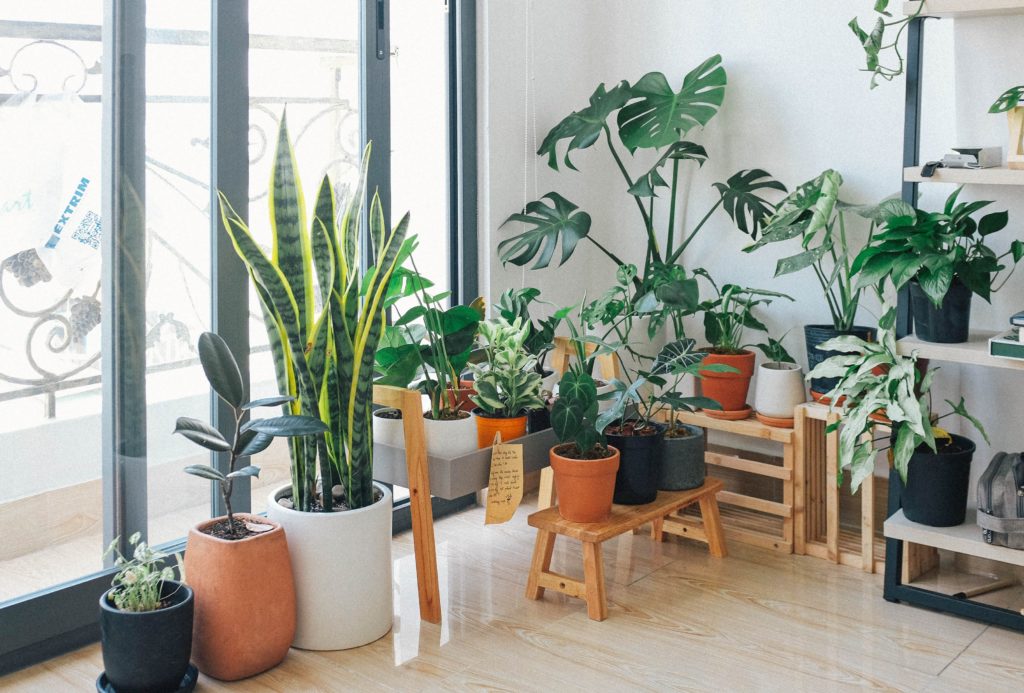 Next let's talk about light. Most indoor plants are going to need a good sunny area to be happy. They prefer bright indirect light. Steer clear of direct light in a hot window.
Next let's talk about light. Most indoor plants are going to need a good sunny area to be happy. They prefer bright indirect light. Steer clear of direct light in a hot window.
There are a few houseplants that will tolerate low light like ZZ Plant or Philodendrons. If you have a bathroom with no windows, please go to Hobby Lobby and find some nice silk plants. It's difficult to grow plants in a spot like this and you will spend a lot less money experimenting! UNLESS, you can have a good lamp with bright light that can be on during daylight hours.
How Much to Water?
Okay, now here's one of the most important things to get right: water! All of your indoor plants are in containers, right? Outdoor containers need water every day or at least a couple of times a week, right? So that must mean that indoor plants need the same amount of water, right? NOPE. One of the biggest mistakes people new to indoor plants make is over watering!
Indoor plants are going to need much less water than outdoor plants. Leafy, tropical things like bananas, Schefflera, Monstera and Peace Lily will need water once every 7-10 days. 7 to 10! Wow, a big change from outdoors.
If you're growing succulents like Crested Coral Cactus, Haworthia or Elephant Bush, they're going to need even less. Maybe check on them every couple of weeks. If they start to look wrinkled and pruny, it's time. Just don't forget about them!
Your mileage may vary. Again, it's good to get to know each plant individually. Some will do better with frequent misting or watering from the bottom with a tray. Keep your plant tags and pop the name into a search engine online. There's tons of info out there!
Extra Tidbits
Air and Circulation
When growing plants indoors, especially in winter, you'll want to keep them away from drafty doors and windows. Make sure to keep plants away from space heaters and fireplaces. Not just for safety's sake, that hot air can really stress and dry out foliage! Cactus and succulents may not mind as much.
Air conditioning vents and fans can also play a part for some picky plants like Croton. Once you find a good spot for your new household friend, try not to move them around too much. A change of scenery can sometimes make leaves drop!
Winter Migration
If you're moving your plants inside for winter time, start early. Don't wait until a freeze is in the forecast. It's better to acclimate them slowly when the temperature outside is closer to the temperature inside your home.
Fertilizing
Many houseplants don't need lots of fertilizer. Some like it once a month. Some twice a year! Most only need it during the active growing season. Some houseplants like orchids and African violets like acidic food. Gotta do your homework!
One of the easiest ways to feed your houseplants is with a liquid you can mix with water. Some to try are Medina Hasta-Gro or FoxFarm's Grow Big, both available at The Garden Center.
Again, it's best to get to know each plant and see what they like. Keep your plant tags and don't over water. If you're ready to try some, you're in luck. We just a big order of indoor tropical foliage! Below are some links to help you get started:
Easy Houseplants for Beginners
Houseplants for Low Light
Pet Friendly Houseplants
Growing Fruit Trees Indoors


